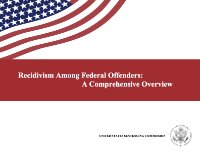By Vincent Schiraldi and Jennifer Arzu
As state and city leaders agree that the jail complex on Rikers Island should be closed, efforts have increased at the state and city level to reduce the New York City jail population (New York City Mayor’s Office of Criminal Justice 2017a; Cuomo 2018). The population of New York City’s jails dipped below 9,000 recently for the first time in 35 years, even as crime in the city has continued to decline, allowing the City to announce the closure of one of Rikers Island’s nine jails (New York City Office of the Mayor 2017; Schiraldi 2018). But as the number of persons incarcerated pretrial for misdemeanors, non-violent and violent felonies, as well as the city sentenced population, have declined by double-digits over the past four years, only one population in the jail has increased, also by double digits: persons held in city jails for state parole violations (New York City Mayor’s Office of Criminal Justice 2017b; New York State Division of Criminal Justice Services 2018). This brief will examine this issue in greater detail, focusing primarily on the impact it is having on the New York City jail population at this critical time. We will conclude with recommendations to reduce unnecessary incarceration of persons on parole and to shrink the overall parole population by incentivizing good behavior on parole, referring whenever possible to other jurisdictions that have successfully enacted parole reforms.
New York: Columbia University, Justice Lab, 2018. 14p.





















